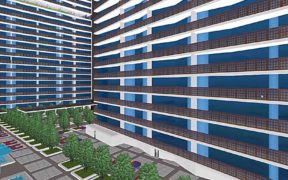Tag: 3D Modeling

What’s New in iBwave Wi-Fi Release 12
June 26, 2019
With iBwave Wi-Fi Release 12, we’ve added some key features to building modeling that will change the game when it comes to 3D modeling for large complex venues. In this blog, we’ll be looking at three important enhancements to 3D modeling added in iBwave Wi-Fi Release 12. With diagonal drawing, curved walls in stadium design, […]
chat_bubble0 Comment
visibility3279 Views

What’s New in iBwave Design Release 12
June 26, 2019
Doesn’t it seem like forever since we first heard about 4G? It feels like the technology has been around for centuries. And even though it’s only been a decade since 4G was first rolled out, that’s a lifetime in the wireless industry. People have been anticipating the next step of evolution in wireless connectivity for […]
chat_bubble0 Comment
visibility3848 Views

